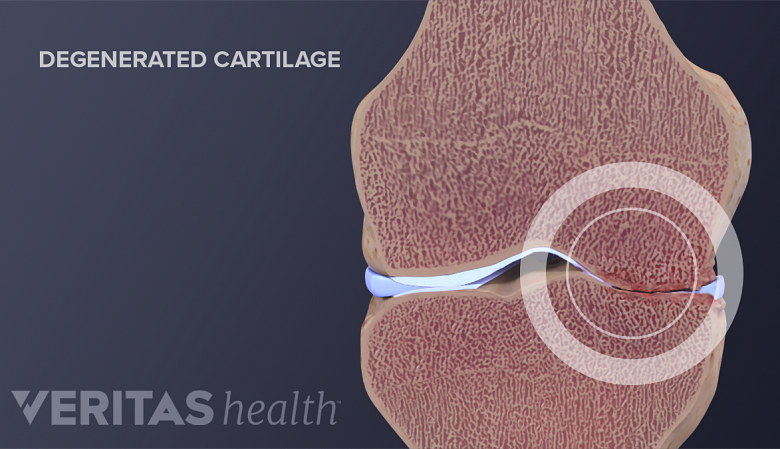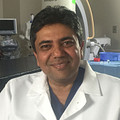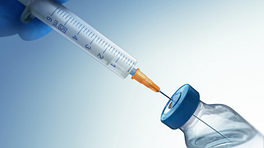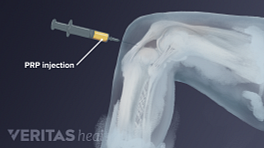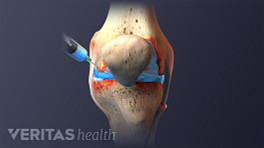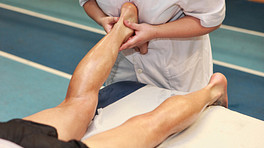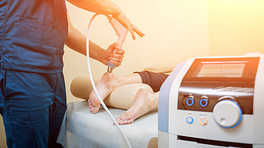Many doctors and athletes use stem cell therapy to treat sports injuries, such as Achilles tendinopathy or damaged knee ligaments.
While increasing in popularity, stem cell therapy is not considered standard practice by sports medicine doctors and not covered by most insurance companies. Patients considering paying out-of-pocket are advised to learn about stem cells’ potential—and limitations—for treating sports injuries.
See Treating Acute Sports and Exercise Injuries in the First 24 to 72 Hours
Stem cell therapy may be used to treat damaged tissue such as cartilage, ligaments, or tendons.
In This Article:
- Stem Cell Therapy for Sports Injuries
- Does Stem Cell Therapy Work?
- Is It Safe to Treat Sports Injuries with Stem Cells?
What Types of Sports Injuries Are Treated with Stem Cells?
Doctors use stem cells to treat a wide variety of sports injuries, including damage to:
- Tendons
- Ligaments
- Muscles
- Cartilage
These injuries may be due to a one-time trauma or chronic overuse.
Stem cells can be applied to an injured area via:
- Direct surgical application. A surgeon may apply stem cells directly to the torn ligament, tendon, or bone being repaired.
- Stem-cell bearing sutures. A surgeon may stitch together a torn muscle, ligament, or tendon using a thread-like material that is coated in stem cells. (The suture material itself will dissolve and be absorbed in the body over time.)
- Injection. A physician may inject stem cells directly into the affected area.
See Regenerative Medicine for Sports Injuries
When administering injections, many physicians use ultrasound or other medical imaging to ensure cells are delivered precisely to the site of damaged tissue.
What Are Stem Cells?
Stem cells are different than skin cells, muscle cells, liver cells, or any other human cells. What makes stem cells special is that they can:
- Divide and duplicate themselves.
- Develop into different types of cells. A stem cell itself does not serve a specific bodily function, but it can develop into a cell that does, such as a cartilage cell or a tendon cell.
Many physicians who use stem cell therapy hypothesize that, when placed into a certain environment, stem cells can transform to meet a certain need. For example, stem cells that are placed near damaged Achilles tendon are hypothesized to develop into healthy Achilles tendon cells.
Stem Cells from Patients
In almost all cases, the stem cells used in sports medicine come from the patient. Clinical use of fetal or embryonic stem cells is banned in United States.
The process of collecting stem cells is often called harvesting. Physicians usually harvest stem cells from the patient’s fat, blood, or bone marrow.
- Fat. During surgery or liposuction a doctor can harvest adipose (fat) stem cells.
- Blood. A blood sample from the patient can be used to harvest peripheral blood stem cells, which are found in the bloodstream.
- Bone marrow. Doctors typically harvest bone marrow stem cells from the pelvic bone using a needle and syringe. The process is called bone marrow aspiration.
Before a bone marrow aspiration, a patient is given a local anesthetic and may also be given a sedative.
Mesenchymal stem cells
All three types of stem cells listed above—adipose (fat), peripheral blood, and bone marrow—belong to a category of stem cells called mesenchymal stem cells. These stem cells, sometimes called adult stem cells, can be obtained from the patient’s own body and are being increasingly used for treating sports injuries.
See What Are Stem Cells? on Arthritis-health.com to learn more.
Guidelines for Who Can Get Stem Cell Therapy
Right now, there are no formal medical guidelines regarding who can receive stem cell therapy for sports injuries. Whether or not to use stem cells for treatment is up to patients and their doctors. A lack of standardization further complicates the nature of treatment at one clinic versus another.
See Who Is a Candidate for Platelet-Rich Plasma Therapy?
Some doctors have certain criteria for recommending stem cell therapy. For example, they only recommend it to patients who are healthy and younger (e.g. under 50). Other doctors make recommendations on a case-by-case basis.
